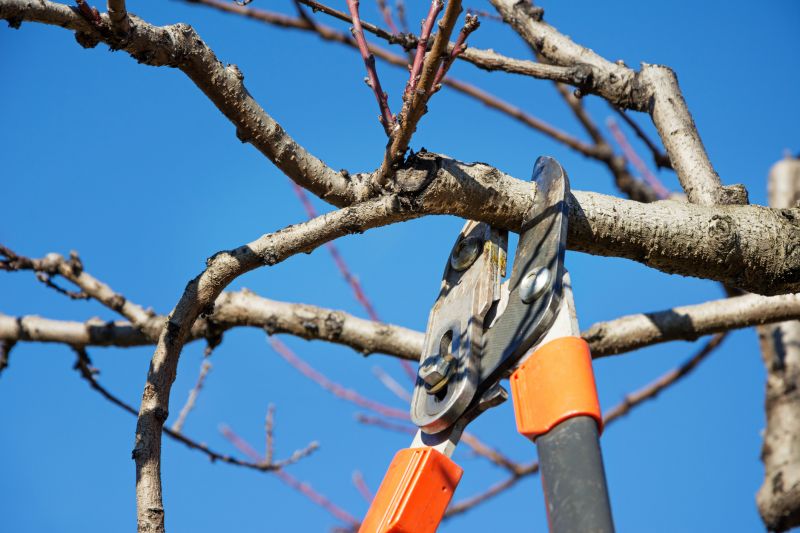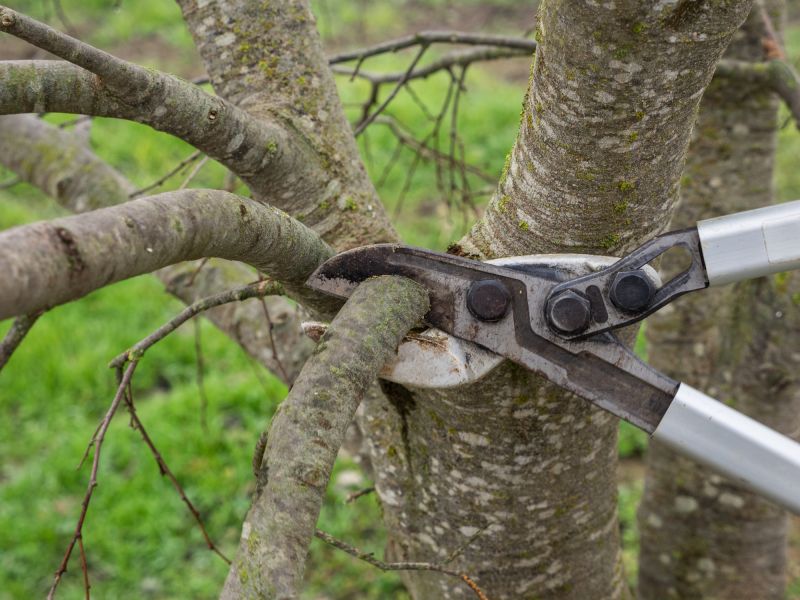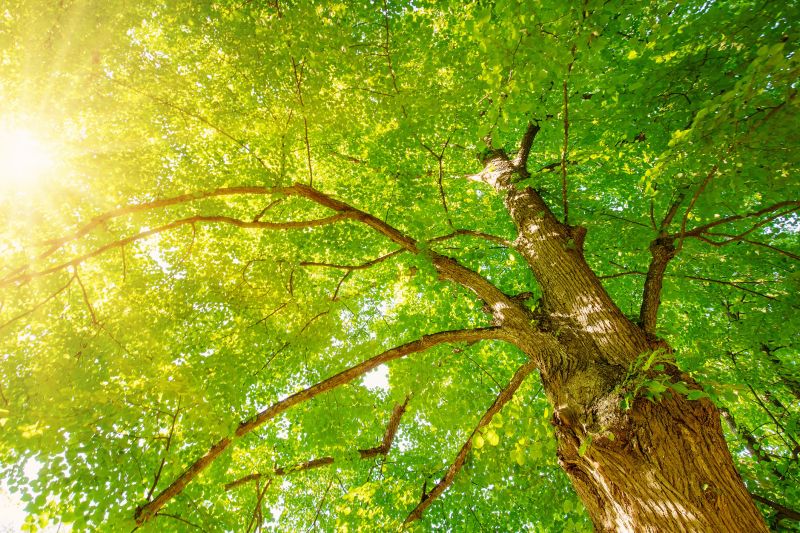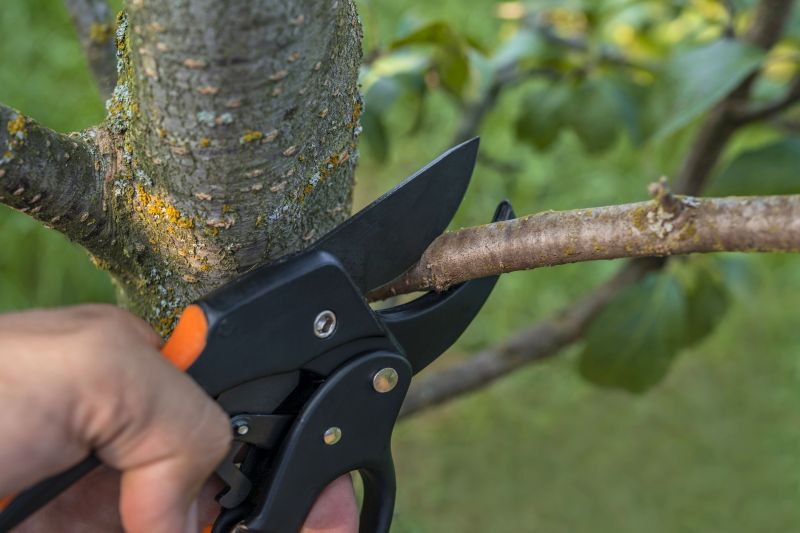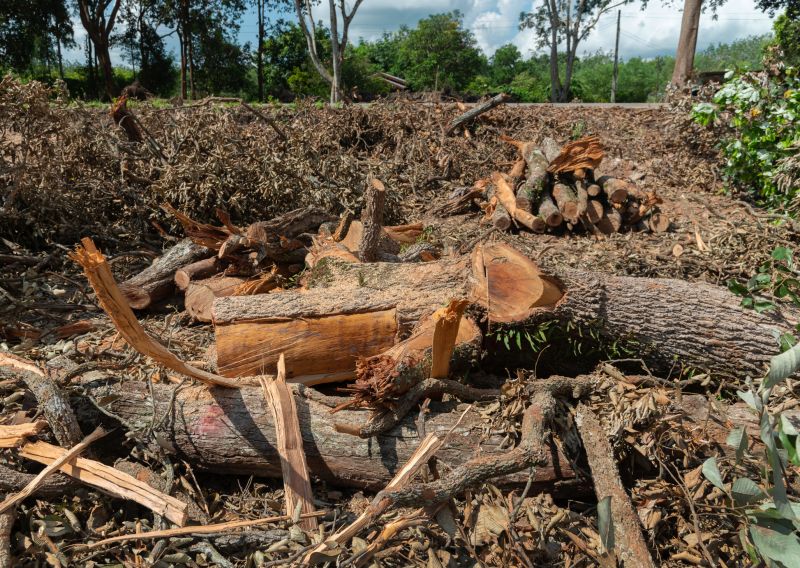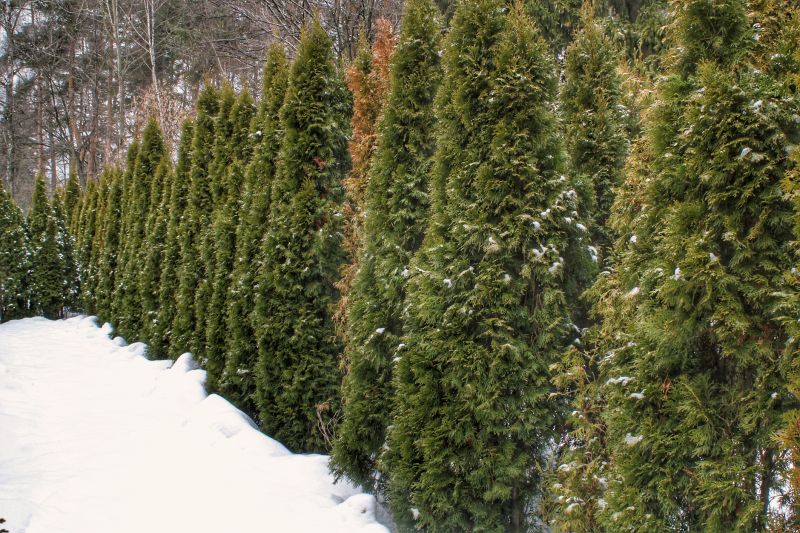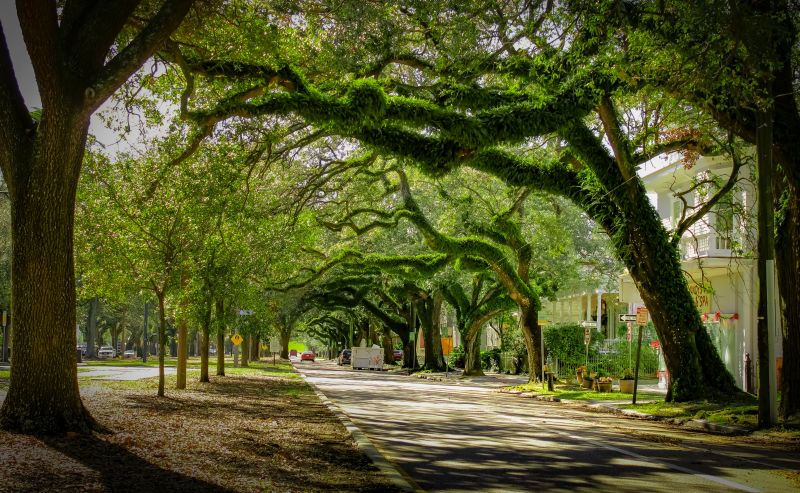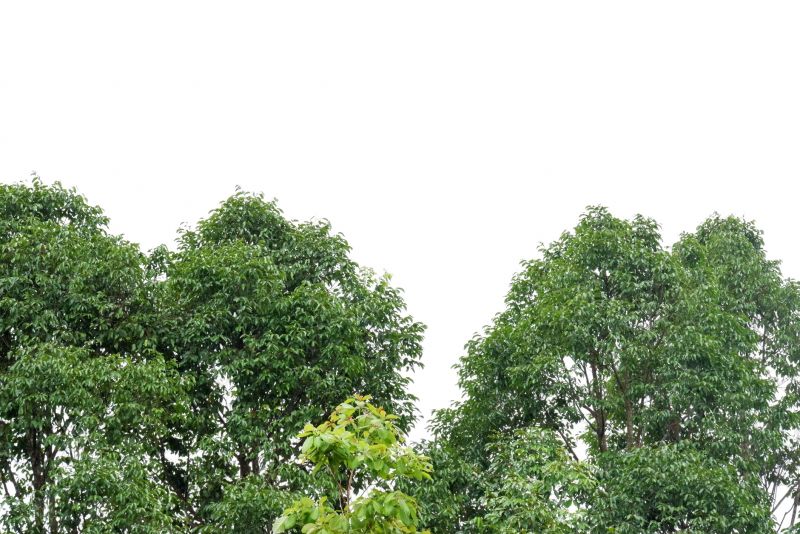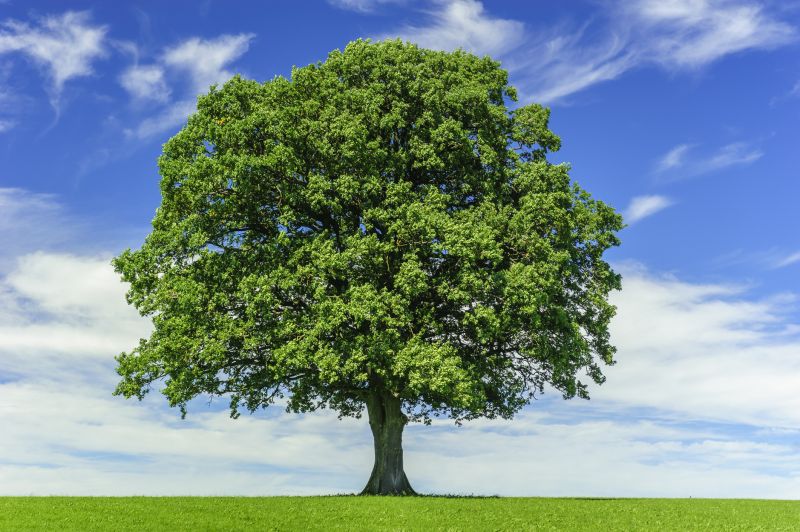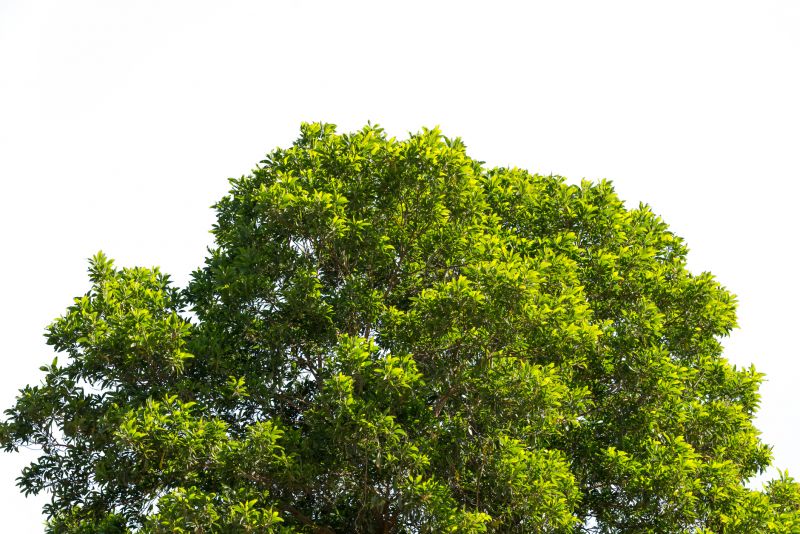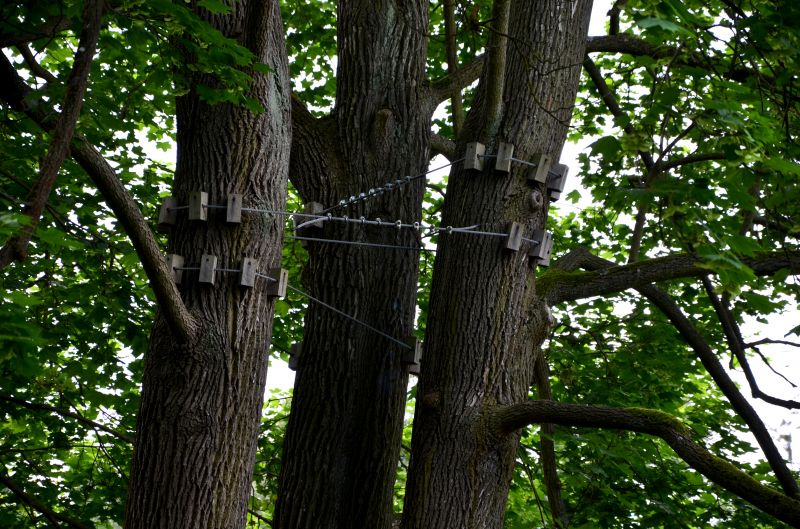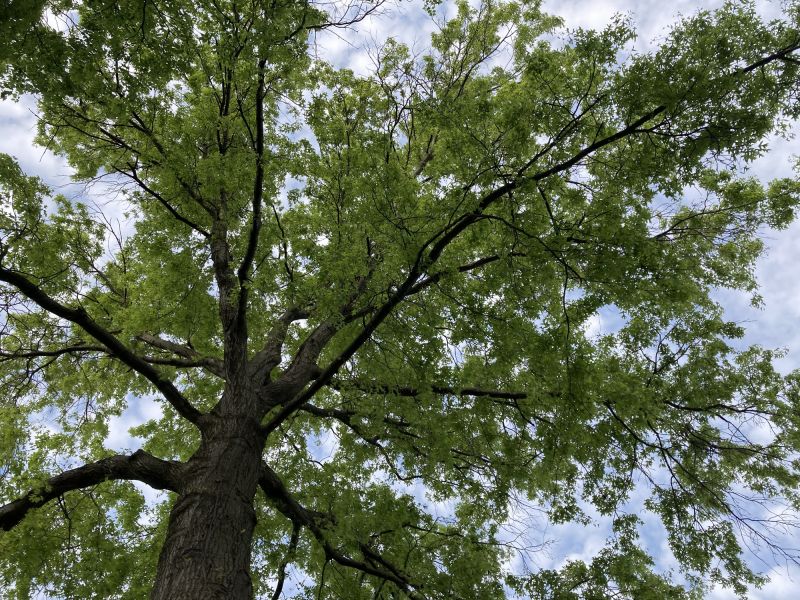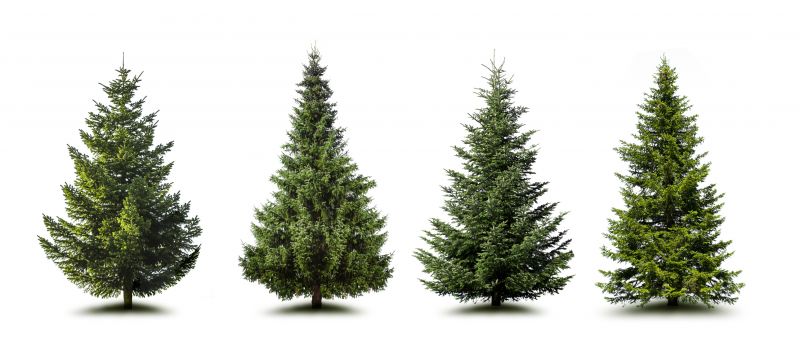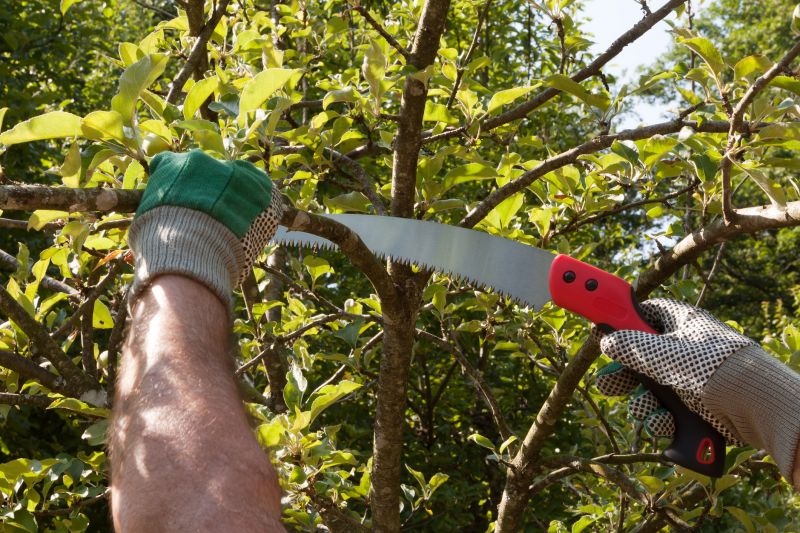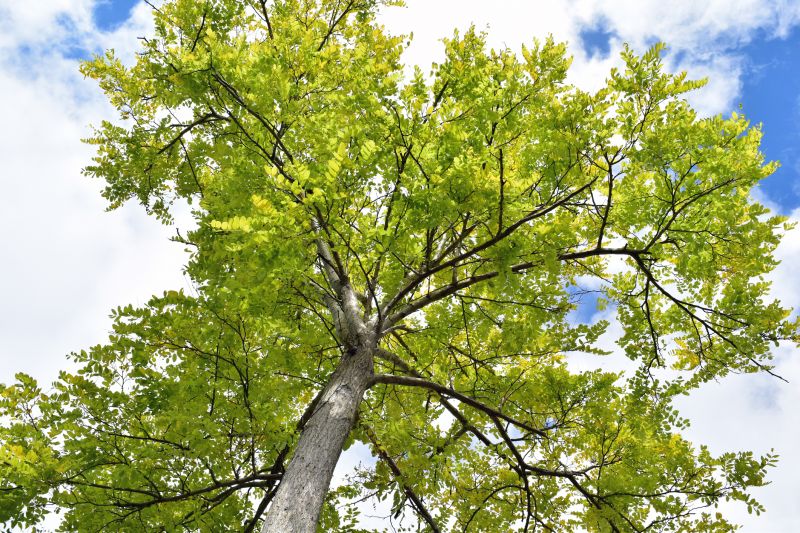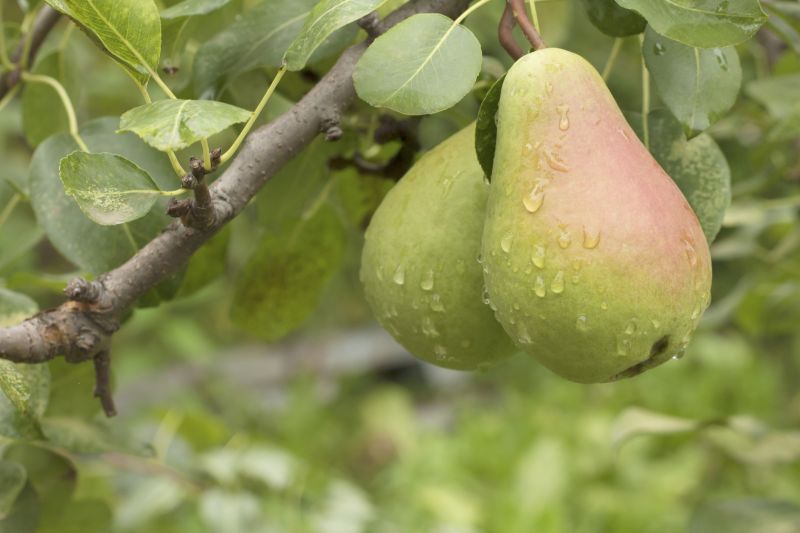Step 1: Assess the Tree
Before starting the pruning process, carefully examine the tree to determine its overall health and identify any dead or diseased branches that need to be removed.
Step 2: Gather the Necessary Tools
Make sure you have the right tools for the job. Common tree pruning tools include pruning shears, loppers, a pruning saw, and safety equipment like gloves and goggles.
Step 3: Plan Your Pruning Strategy
Decide on the type of pruning you want to perform. This could include crown thinning, crown raising, or crown reduction. Each technique serves a different purpose, so choose the one that best suits your tree's needs.
Step 4: Start with Dead or Diseased Branches
Begin by removing any dead, damaged, or diseased branches. These can be a safety hazard and may also affect the overall health of the tree if left unattended.
Step 5: Remove Crossing or Rubbing Branches
Look for branches that are crossing or rubbing against each other. These can cause damage and should be pruned to maintain the tree's structure and prevent future issues.
Step 6: Trim Excessive Growth
If your tree has branches that are growing too long or are becoming too dense, trim them back to maintain a balanced and healthy tree canopy.
Step 7: Maintain the Tree's Shape
Prune the tree to maintain its desired shape. This could involve trimming branches that are growing in undesirable directions or cutting back excessive growth in certain areas.
Step 8: Clean Up and Dispose of Debris
Once you have finished pruning, gather and dispose of the trimmed branches and debris properly. You can either compost them or dispose of them according to your local regulations.
Step 9: Monitor and Repeat as Needed
Regularly monitor the tree's growth and health. If necessary, repeat the pruning process in the future to maintain the tree's well-being and shape.
Conclusion
Tree pruning is an essential task to ensure the health, safety, and aesthetics of your trees. By following these steps, you can effectively prune your tree and promote its overall growth and longevity.

